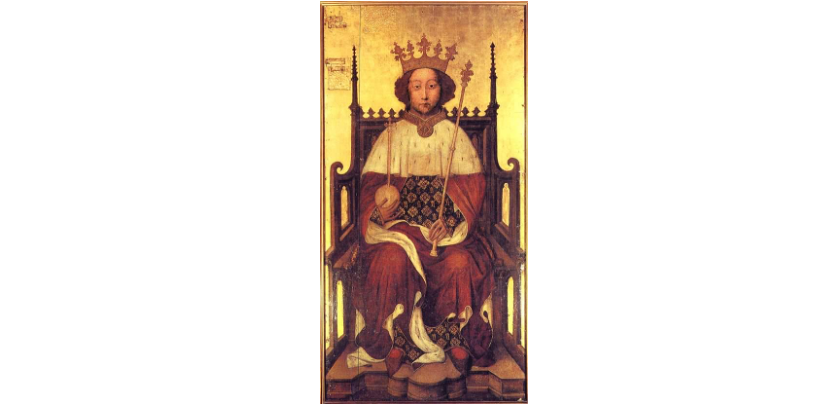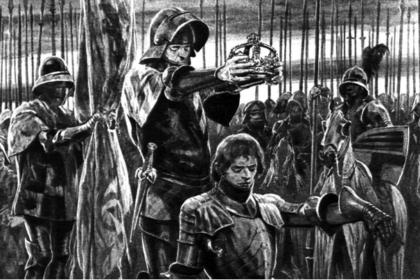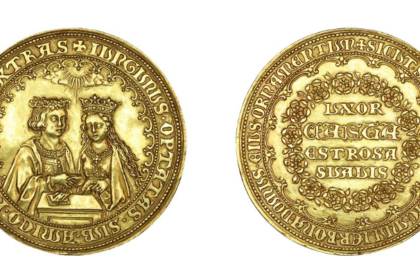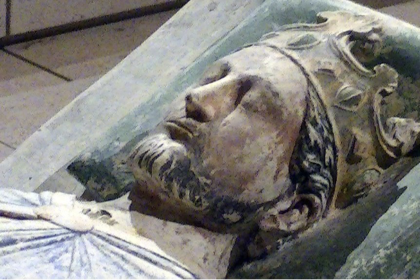This portrait of Richard II holds incredible significance for medieval and art historians; it is the first contemporary portrait of an English monarch. Though there are portraits of all English kings from William the Conqueror, these were all commissioned in the late 16th or early 17th century as part of a series; though it is believed the artist did use available tomb effigies and manuscript illuminations as models, they are largely works of fiction.
This portrait of Richard II is believed to have been painted in the 1390s. Though Richard’s coronation took place some 20 years earlier, on the 16th July, 1377, it shows Richard as he would have appeared that day, in his crimson and ermine coronation robes on the Coronation Chair, holding the orb and sceptre. As far as we know, it has been displayed in Westminster Abbey since its creation; it was originally displayed on the south side of the Quire stalls, though at some point it was moved to the nave where it still hangs today.
The artist is unknown; however, it has been suggested that the artist could have been André Beauneveu, based upon stylistic similarities between this portrait and the illuminations he is known to have done for the ‘Psalter of Jean du Berry’ – the same John, Duke of Berry more famously known for commissioning ‘Les Tres Riches Heures du Duc de Berry.’
The portrait is larger-than-life, measuring 213.5cm x 110cm. The materials used are linseed oil on wood panelling. Unfortunately, some of the fine paint work, particularly the gilt and raised gesso work on the crown, orb, and sceptre, were taken off during poorly done restoration work in both the 18th and late 19th century. This restoration work also involved painting over parts of the portrait; infrared analysis has shown the throne was substantially changed, though it is believed Richard’s head has remained unaltered.
Some historians have connected Richard’s enthroned position with a passage regarding his tyrannical rule in a contemporary chronicle, ‘Continuatio Eulogii’:
‘After this on solemn festivals when by custom [Richard II] performed kingly rituals, he would order a throne to be prepared for him in his chamber on which he liked to sit ostentatiously from after dinner until vespers, talking to noone but watching everyone; and when his eye fell on anyone, regardless of rank, that person had to bend his knee towards the king …’





